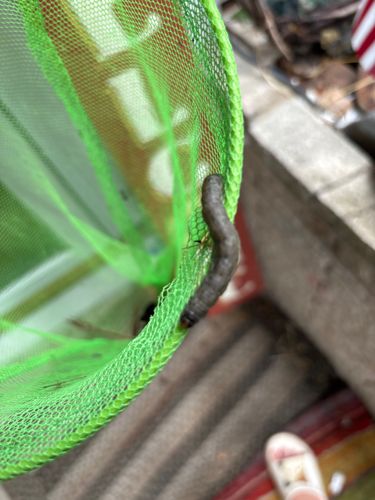Cutworm (larva of a Noctuid moth)
Scientific Name: Various genera within Noctuidae, such as Agrotis, Peridroma, Feltia
Order & Family: Order: Lepidoptera, Family: Noctuidae
Size: Larvae typically range from 2.5 to 5 cm (1 to 2 inches) in length when fully grown.

Natural Habitat
Cutworms are found in various terrestrial habitats, especially agricultural fields, gardens, lawns, and areas with rich, moist soil. They are generally found across temperate regions worldwide.
Diet & Feeding
Cutworms are polyphagous, meaning they feed on a wide variety of plants. They primarily consume the stems and leaves of young plants, including many common garden vegetables (e.g., corn, tomatoes, beans, cabbage), field crops, and ornamental plants.
Behavior Patterns
Cutworms are nocturnal and hide just below the soil surface or under debris during the day. They emerge at night to feed, cutting young plants off at or just below the soil line, which is how they get their name. When disturbed, they typically curl into a C-shape. They undergo complete metamorphosis, pupating in the soil before emerging as adult moths.
Risks & Benefits
Potential Risks: Cutworms are significant agricultural and garden pests, capable of causing extensive damage to young seedlings and plants by severing their stems. This can lead to considerable crop loss for farmers and gardeners. Potential Benefits: While primarily considered pests, adult moths of some cutworm species can act as pollinators. Their larvae also serve as a food source for various birds, beneficial insects, and other predators, contributing to the food chain within their ecosystem.
Identified on: 8/10/2025